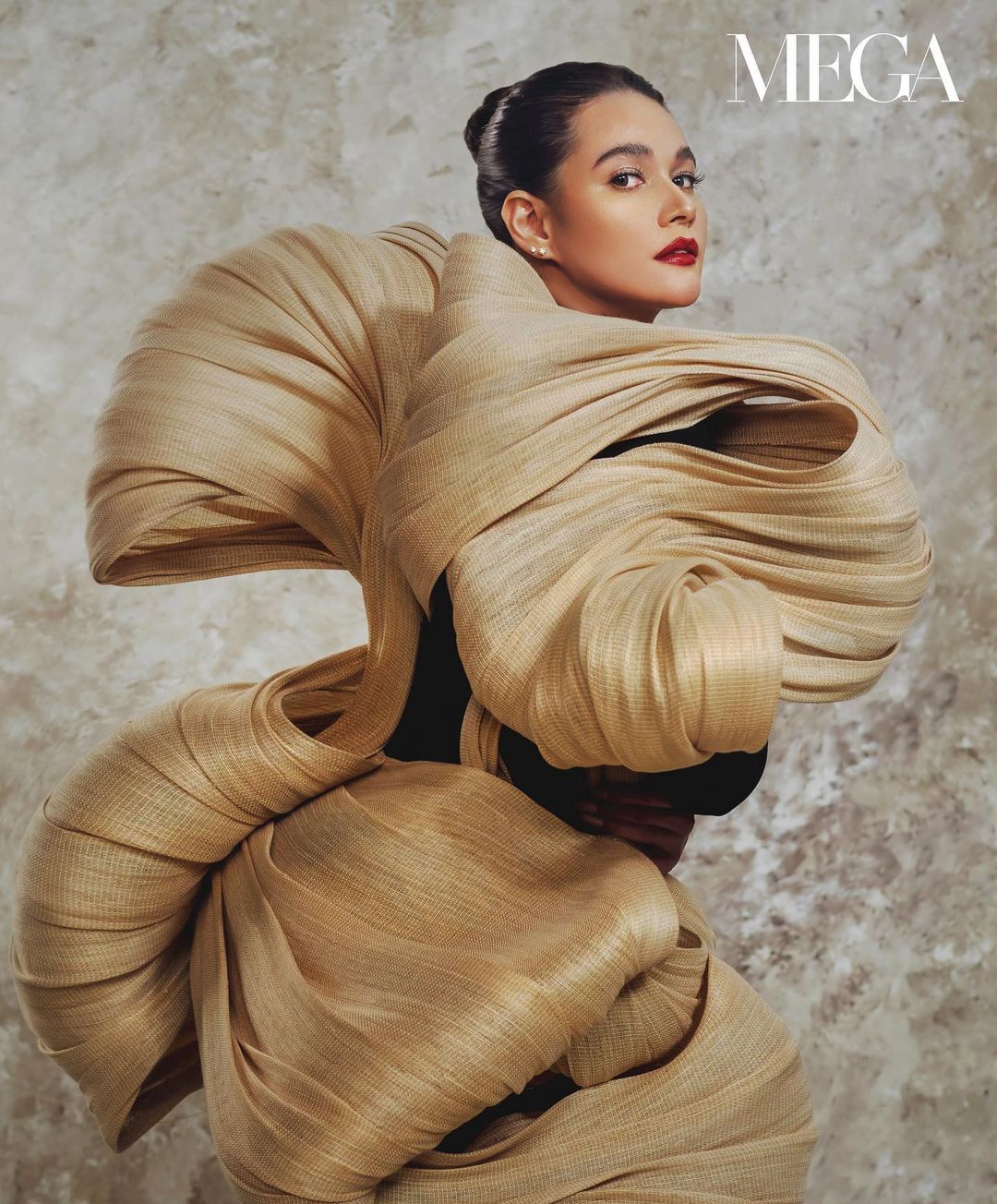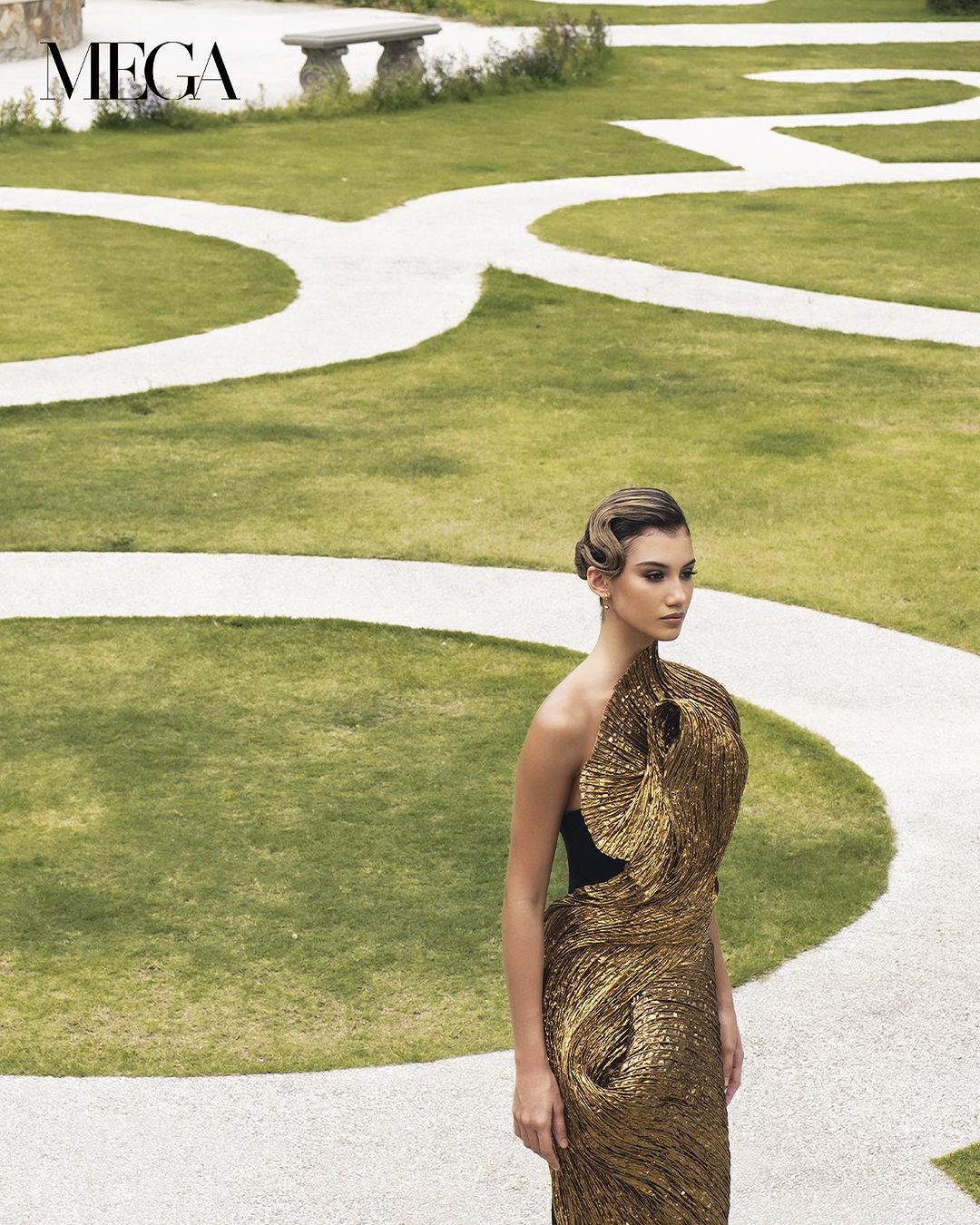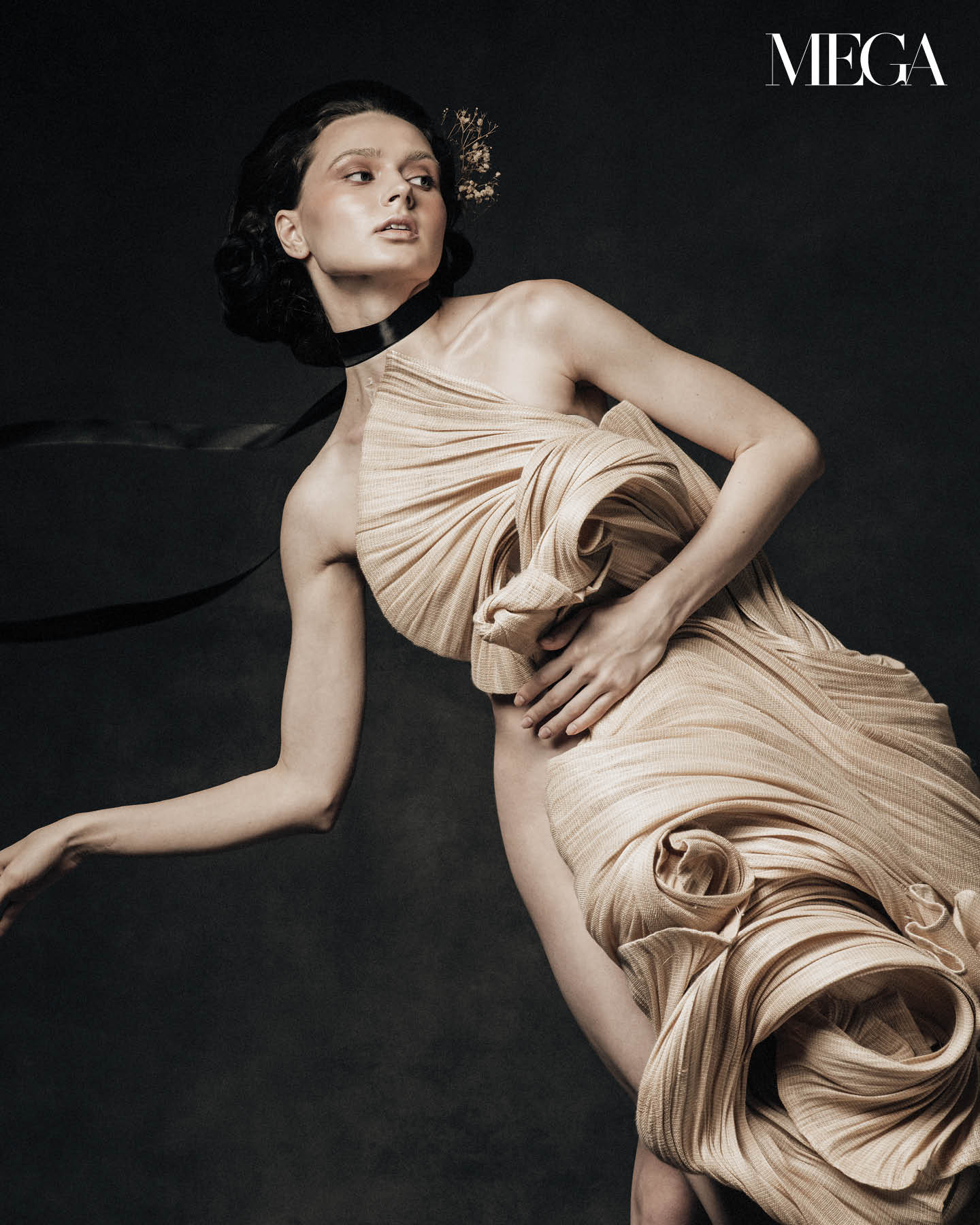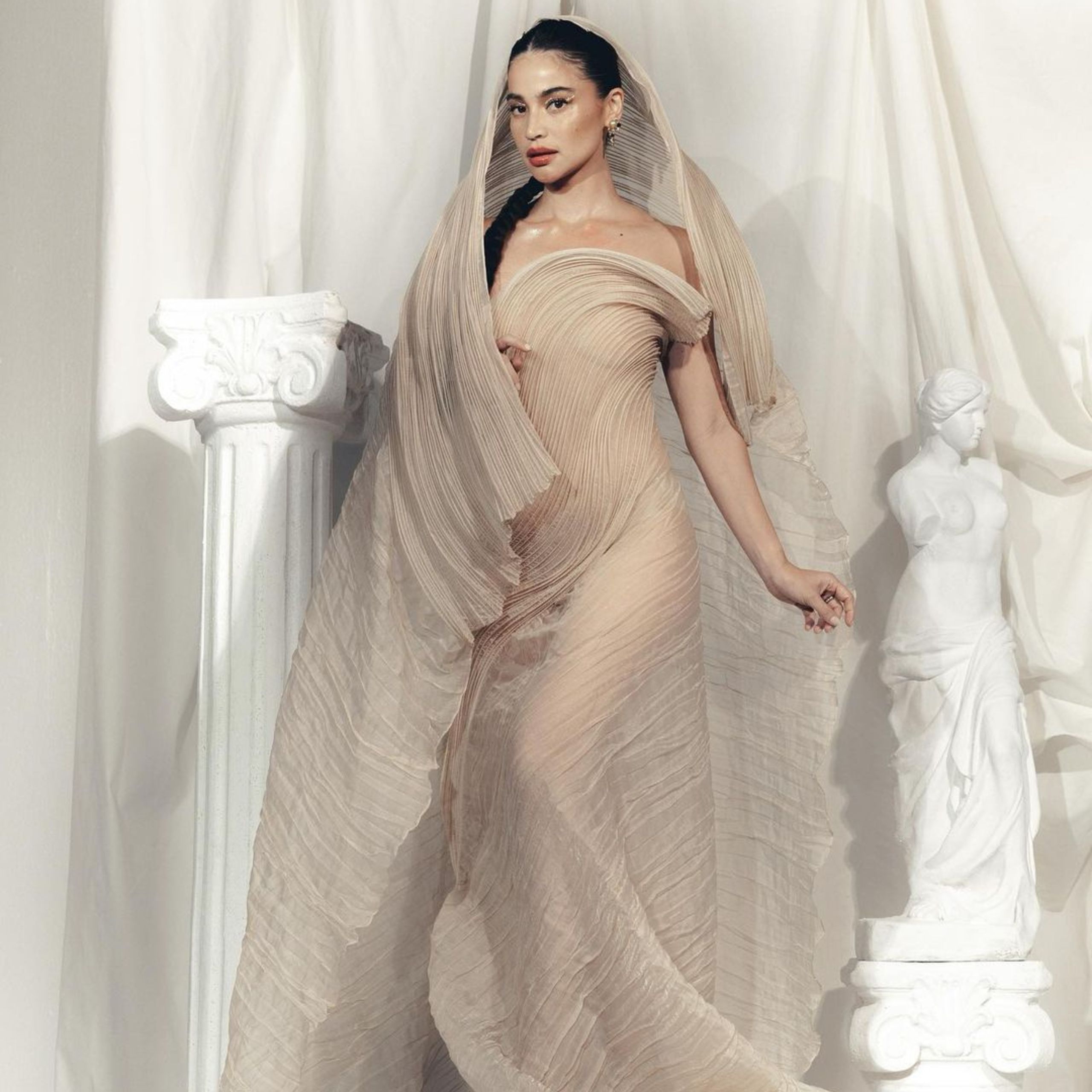Explore how draping and sculptural elements transform clothing into wearable masterpieces through architectural fashion
Have you ever wondered how fashion is deemed similar to architecture? The intersection of fashion and architecture is like stepping into a world where the tangible meets the ethereal, where fabric and form come together to create wearable poetry. In this landscape, we explore the intricacies of draping and the blueprint of sculptural design, where threads are like buildings and design principles are comparable to a cityscape filled with secrets waiting to be unveiled.
RELATED: Ivar Aseron’s Red Charity Gala Collection is A Memoir in Motion

Fashion design, often hailed as a tangible manifestation of creativity, employs architectural principles in its very essence. When we speak of fashion’s architectural aspects, two key elements immediately come to the forefront: draping and sculptural. These are the cornerstones that define the artistic structure of clothing. Delving into the architectural aspects of fashion design promises to be a captivating journey, much like navigating the intricate streets of a city. This creative space is where the artistry of clothing intertwines with the principles of architecture, resulting in garments that are not just functional but works of wearable art.

Picture a fashion designer as an architect of fabric, and the human body as their canvas. The process begins with draping, where fabrics cascade and fold like the grand arches of a cathedral or the sweeping curves of a modern skyscraper. The artistry lies in manipulating these textiles to create shapes that complement the wearer’s form, much like an architect molds steel and glass to craft a building that harmonizes with its surroundings. The precision and artful draping are like designing the foundation of a structure; it ensures stability and visual appeal.

Sculptural, on the other hand, is the fashion designer’s blueprint, defining not just the visual impact but crafting the very essence of the garment. It outlines the overall shape, whether it’s the structured lines of a tailored suit resembling the clean, sleek edges of a modernist silhouette, or the flowing, organic contours of a bohemian dress, reminiscent of natural landscapes lovingly sculpted by the hands of a master artist. The silhouette not only dictates how the clothing resonates with the wearer’s body but also how it interacts with the surrounding space, turning each step into a performance. It’s the architectural design of a building’s façade, defining its character and identity, and now, it echoes the essence of sculptural artistry.

Much like architects use materials to construct buildings, designers employ textiles as their building blocks. The choice of fabric can be likened to selecting the construction materials for a structure. A delicate silk might be used for a flowing evening gown, akin to designing a graceful, ethereal structure. In contrast, denim and leather create rugged, durable fashion statements, mirroring the robustness of industrial architecture.

Furthermore, the art of combining different fabrics and textures parallels the architectural practice of blending various materials to create a harmonious structure. Just as a building may feature a blend of wood, concrete, and glass, a garment can incorporate lace, leather, and silk to achieve a balanced and textured design.

The architectural aspects of fashion design transcend mere clothing as they are a fusion of artistry, structural ingenuity, and personal expression. Draping and silhouette, like the architectural foundations and blueprints, form the very soul of fashion. The next time you don your favorite outfit, consider the intricate architectural conception of fabric and form that goes into making it not just a piece of clothing, but a work of art that adorns the structure of your body.
Featured Image: THE OPULENCE BALL (via Instagram)







